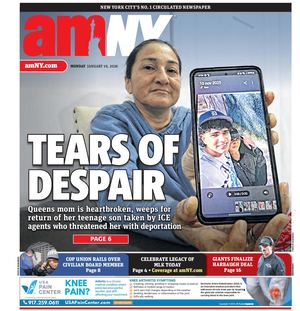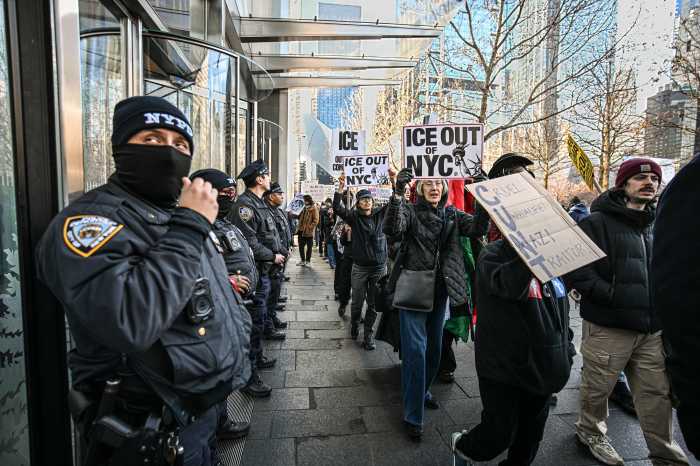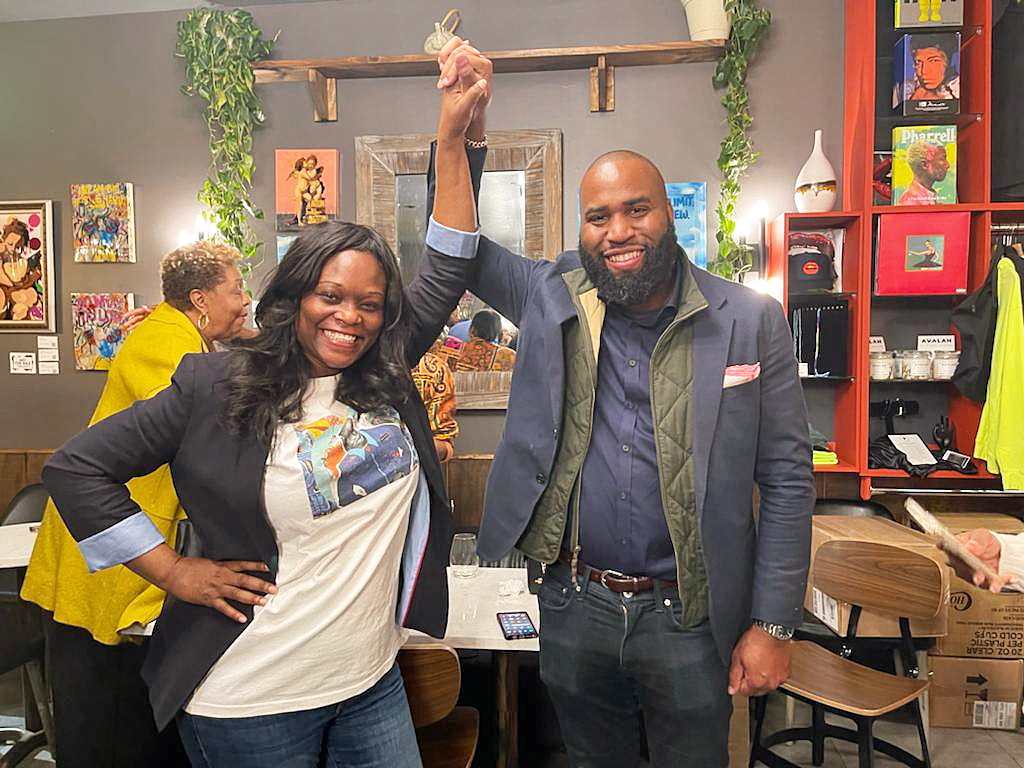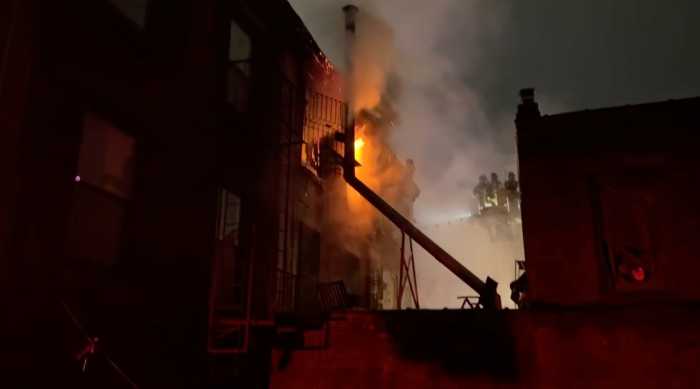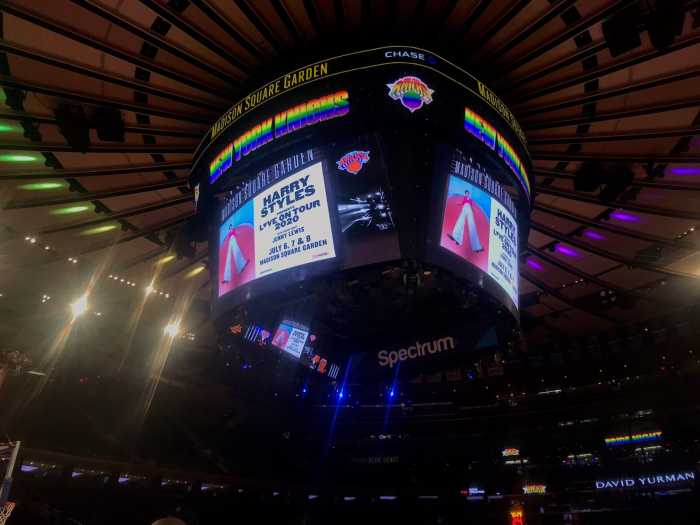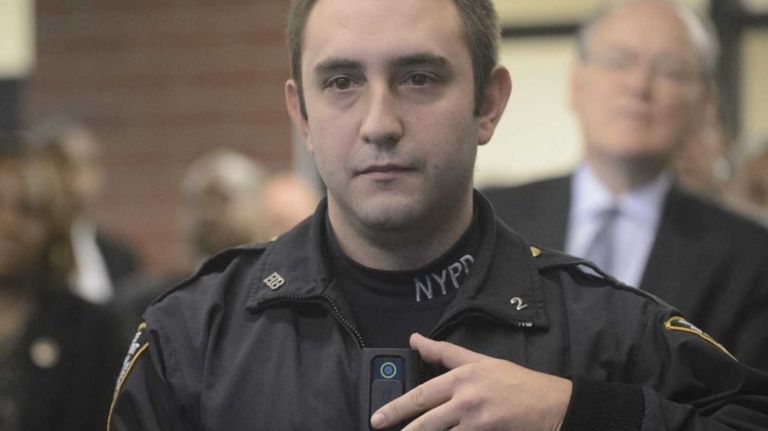
The NYPD’s policy for its use of body cameras is out, and New Yorkers should be concerned about key aspects, especially one that allows officers to review body-camera footage before submitting reports or making sworn statements about an incident.
This is a bad idea.
At the height of the stop-and-frisk era, hundreds of thousands of mostly young men of color were stopped and frisked every year without sufficient legal basis. A federal court found the practice unconstitutional and, as part of a reform process, ordered the body-camera pilot program to provide an “objective record of stops and frisks allowing for the review of officer conduct by supervisors and the courts.”
The purpose of the cameras is to help ensure officer accountability. Leaving open the possibility of adapting reports or statements to what appears in video undermines that goal.
Imagine an officer stops and frisks a young black man without legal reason, but upon reviewing the footage sees a spot that could pass for a “suspicious bulge” in a pocket. Now the officer can write in the report that this was the basis for the stop to retroactively justify the illegal conduct. Or perhaps the recorded incident involved unnecessary use of force. The officer reviews the video, notices a moment when the civilian is off-camera, and writes that officer safety was compromised at that point.
These are not far-fetched hypotheticals. As public defenders know, the tailoring of reports and testimony to fit video evidence is not infrequent. Even if we assume the instances are rare, the possibility is enough to undermine public trust — and increasing that trust should be the program’s main goal.
The NYPD would also benefit from seeing patterns of discrepancies between what officers report and what their body cameras reveal. This would be an invaluable tool to diagnose implicit bias, identify trends and patterns of bad conduct, target supervision, and train officers to act in accordance with the Constitution. It is the type of bold accountability the NYPD desperately needs.
The policy is now before the court for review. If police body cameras are to be a tool of accountability and transparency, the court must rule against this proposed provision.
Craig Levine is the director of policy reform at The Bronx Defenders.
